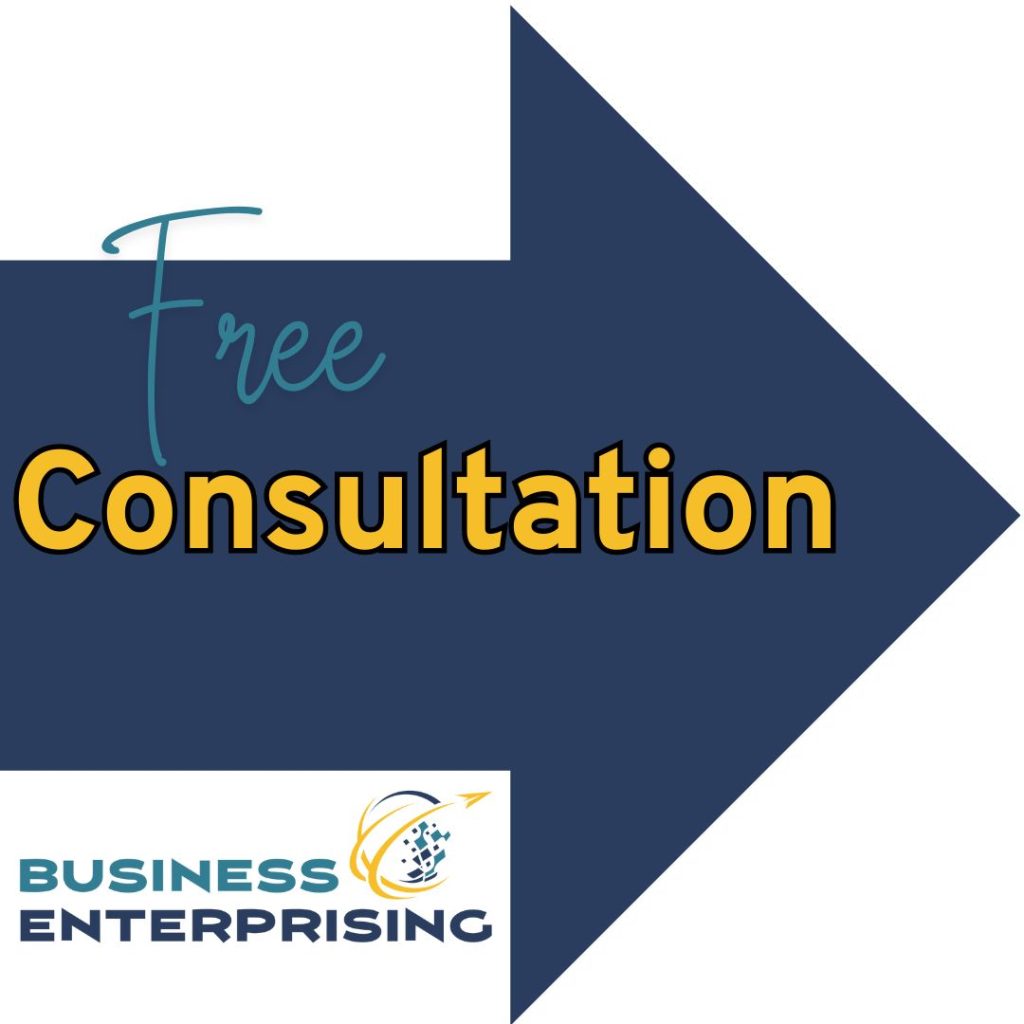Employee turnover is a critical metric that every organization must manage attentively. Understanding and controlling the Employee Turnover Rate is essential for sustaining a healthy, productive, and engaged workforce. Below we’ll get into the multifaceted nature of employee turnover, exploring its causes, impacts, and effective strategies for reduction. By analyzing how turnover rates can influence organizational performance and employee morale, businesses can develop targeted initiatives to retain top talent and ensure a stable workforce. Whether it’s through enhancing recruitment processes, fostering a positive workplace culture, or leveraging metrics for strategic decisions, this discussion provides valuable insights for optimizing workforce management and fostering long-term organizational success.
Understanding Employee Turnover Rate
Employee Turnover Rate is a critical metric in workforce management. It measures the percentage of employees who leave an organization over a specific period, typically calculated annually. This rate provides valuable insights into the stability and health of a company’s workforce. It also serves as an indicator of the effectiveness of an organization’s HR policies and employee satisfaction levels. Understanding and managing this rate is essential. High turnover can lead to significant costs related to recruiting, training new hires, and lost productivity.
There are two main types of turnover: voluntary and involuntary. Voluntary turnover occurs when employees choose to leave. This is often due to better job offers, career changes, or dissatisfaction with the current job environment. This type of turnover can be particularly challenging. It often involves the loss of high-performing individuals who actively decide to pursue opportunities elsewhere. Conversely, involuntary turnover happens when the employer initiates the separation due to performance issues, restructuring, or downsizing.
The impact of each type of turnover varies. Voluntary turnover can disrupt team dynamics and erode organizational knowledge, especially if key individuals or high performers depart. It often prompts a reevaluation of workplace conditions and employee engagement strategies. Involuntary turnover can affect morale and create a climate of job insecurity if not managed carefully.
Effectively monitoring and addressing Employee Turnover Rate is crucial for maintaining a skilled, motivated, and stable workforce. By distinguishing between the types of turnover and understanding their implications, organizations can develop targeted strategies to retain top talent.
Causes of High Employee Turnover
High Employee Turnover Rate can be attributed to a variety of factors, both internal and external. These factors can influence an employee’s decision to stay with or leave an organization. Among the internal factors, inadequate compensation frequently tops the list. Employees who feel they are not being paid fairly for their skills and efforts are more likely to seek better-paying opportunities elsewhere. Additionally, poor management practices, including lack of support, ineffective communication, and unfair treatment, can significantly drive turnover. These practices erode trust and satisfaction, pushing employees to exit.
Another critical internal cause is the lack of career advancement opportunities. When employees perceive a lack of growth or promotional pathways within the company, their motivation dwindles. As a result, they may leave in search of more promising prospects. Moreover, workplace culture issues, such as a non-inclusive environment or high-stress conditions, can also prompt departures. This could impact overall morale and productivity.
Externally, market conditions and industry trends play significant roles. Economic upturns often increase job openings elsewhere, tempting employees with prospects of higher wages or better positions. Similarly, industry trends such as digital transformation can make certain skills more in demand. This leads employees to move towards sectors with more innovative and competitive roles.
Understanding these factors is crucial for organizations aiming to manage their Employee Turnover Rate effectively. By addressing these issues, companies can significantly reduce unwanted turnover. This can be done through competitive pay scales, supportive management, clear career paths, and a positive work culture. Additionally, staying attuned to external market and industry shifts will help organizations anticipate changes in employee expectations and adapt their HR strategies accordingly, fostering a more stable and committed workforce.
Impact of Employee Turnover on an Organization
High Employee Turnover Rate imposes both direct and indirect costs on an organization, each impacting the business in substantial ways. Direct costs include recruitment expenses, which encompass advertising job openings, interviewing candidates, and administering entry procedures. Training new hires also represents a significant financial outlay, as resources must be allocated to bring them up to speed on job duties and company culture. Moreover, lost productivity during this ramp-up period further adds to direct costs, as new employees typically take time to reach the performance level of their predecessors.
Indirect costs, though less apparent, are equally consequential. High turnover can severely impact employee morale, as remaining staff may feel overburdened by increased workloads or unsettled by frequent changes in team dynamics. This can lead to a decrease in overall job satisfaction and productivity, creating a vicious cycle of disengagement and further turnover. Additionally, turnover can erode organizational knowledge as experienced employees leave, taking with them valuable insights and skills that were critical to operations.
The long-term effects of high turnover extend to customer service and organizational reputation. Customers interacting with inexperienced staff may experience a decline in service quality, potentially eroding customer satisfaction and loyalty. Repeated turnover can also tarnish an organization’s image as a stable employer, making it more challenging to attract top talent.
To mitigate these effects, organizations must address the underlying causes of high Employee Turnover Rate and develop strategies to enhance job satisfaction and employee engagement. This proactive approach not only reduces turnover costs but also helps in building a more knowledgeable, efficient, and committed workforce, enhancing both internal morale and the external perception of the company.
Strategies to Reduce Employee Turnover
Reducing Employee Turnover Rate is crucial for maintaining organizational health and efficiency. One effective strategy is improving hiring processes to ensure a better fit between the candidates and the roles. This involves refining job descriptions, utilizing structured interviews, and improving assessment methods to select candidates who not only possess the necessary skills but also align with the company’s culture and values.
Enhancing employee engagement is another vital strategy. Engaged employees are more likely to stay with the company, contributing to lower turnover rates. Efforts to boost engagement can include recognizing employee achievements, providing meaningful work, and ensuring that employees feel valued and heard. Furthermore, offering competitive compensation and benefits packages also plays a critical role in retention. These packages should be regularly reviewed and adjusted based on market standards and employee feedback to remain attractive to current and potential employees.
Creating a positive work environment is equally important. This encompasses everything from ensuring a safe physical workplace to fostering a supportive and inclusive culture. A positive environment supports employee well-being and satisfaction, which are key drivers of retention.
Leadership development and regular feedback are essential components in reducing turnover. Effective leaders not only inspire and motivate their teams but also play a pivotal role in employee development. Regular feedback, both positive and constructive, helps employees understand their performance and growth opportunities within the company. This feedback should be timely and specific, and it should include clear guidance on how employees can advance their skills and careers.
By implementing these strategies, organizations can significantly lower their Employee Turnover Rate, leading to a more stable, engaged, and productive workforce. This not only improves operational performance but also enhances the company’s reputation as a desirable place to work, attracting top talent and driving long-term success.
Measuring and Monitoring Turnover Rates
Accurately measuring and monitoring Employee Turnover Rate is essential for understanding workforce dynamics and informing strategic decisions. To effectively track this rate, organizations typically calculate the number of employees who have left over a specific period, divided by the average number of employees during that period, and then multiply the result by 100 to express it as a percentage. This method provides a clear view of the turnover rate within a given timeframe, helping businesses identify trends and patterns.
For a more granular analysis, turnover can be segmented into voluntary and involuntary categories, as well as further dissected by department, role, or demographic factors. Such detailed tracking allows organizations to pinpoint specific areas or groups with higher turnover rates and investigate underlying causes.
Using these metrics to inform HR strategies involves setting benchmarks based on industry standards or historical company data. For instance, high turnover in the retail industry might be common, but any rate significantly above average could indicate specific issues like inadequate compensation or poor management practices. By comparing internal rates against these benchmarks, HR can identify areas for improvement.
Moreover, integrating turnover data with other HR metrics such as employee engagement scores and performance ratings can provide deeper insights. This holistic view enables the formulation of targeted interventions aimed at reducing turnover, such as enhanced employee engagement initiatives, leadership training, or competitive compensation plans.
Ultimately, regular monitoring and analysis of Employee Turnover Rate equip HR leaders to make informed decisions that positively impact retention and organizational health. Employing these practices ensures that companies remain proactive in managing their workforce, leading to improved stability and reduced turnover costs.
Conclusion
In conclusion, effectively managing the Employee Turnover Rate is crucial for maintaining a stable and productive workforce. By understanding the causes and impacts of high turnover, implementing strategies to enhance employee retention, and rigorously measuring and monitoring turnover metrics, organizations can significantly improve their operational health and employee satisfaction. Employing a proactive approach to workforce management not only reduces turnover-related costs but also builds a more engaged, loyal, and skilled team, driving long-term success and sustainability in today’s competitive business environment.



